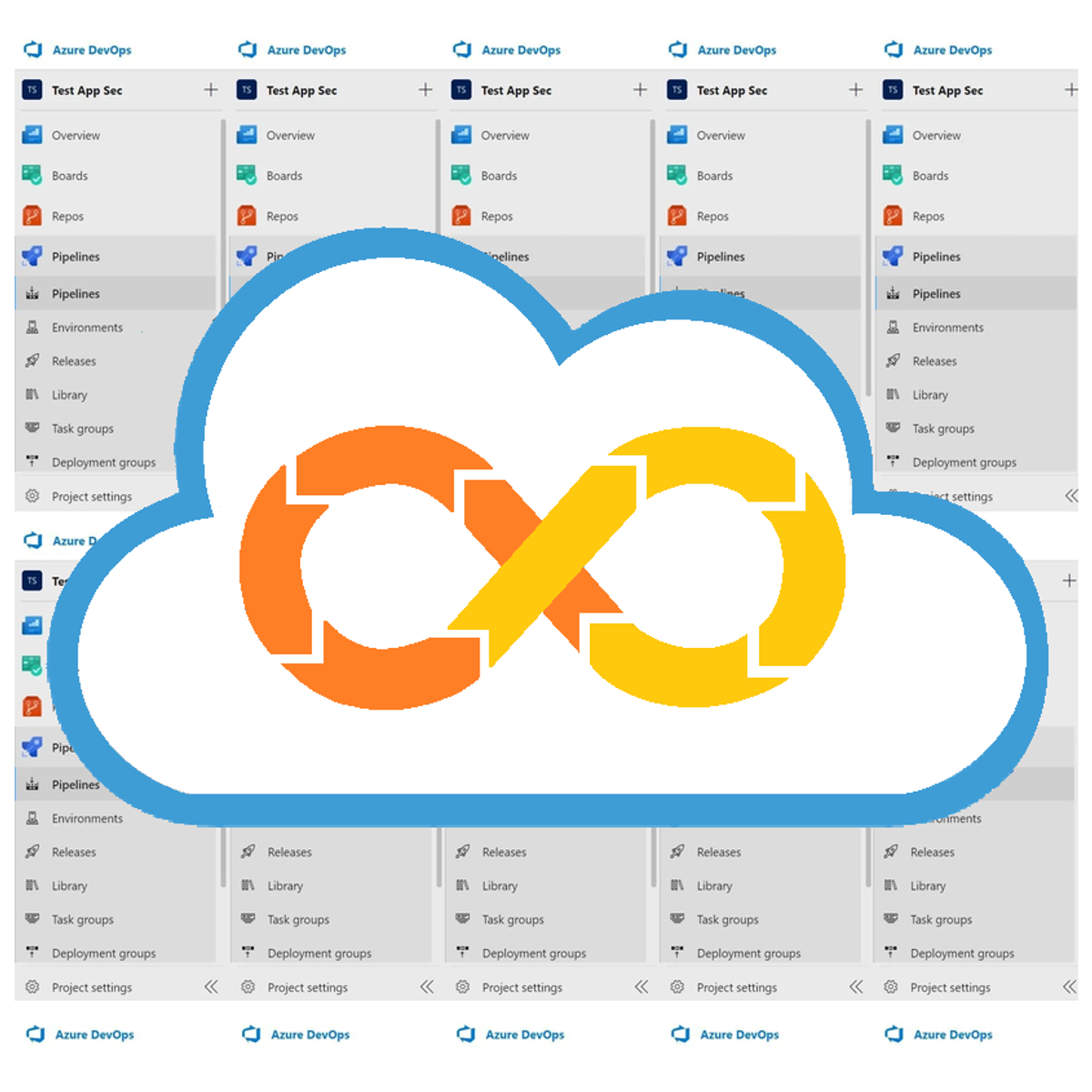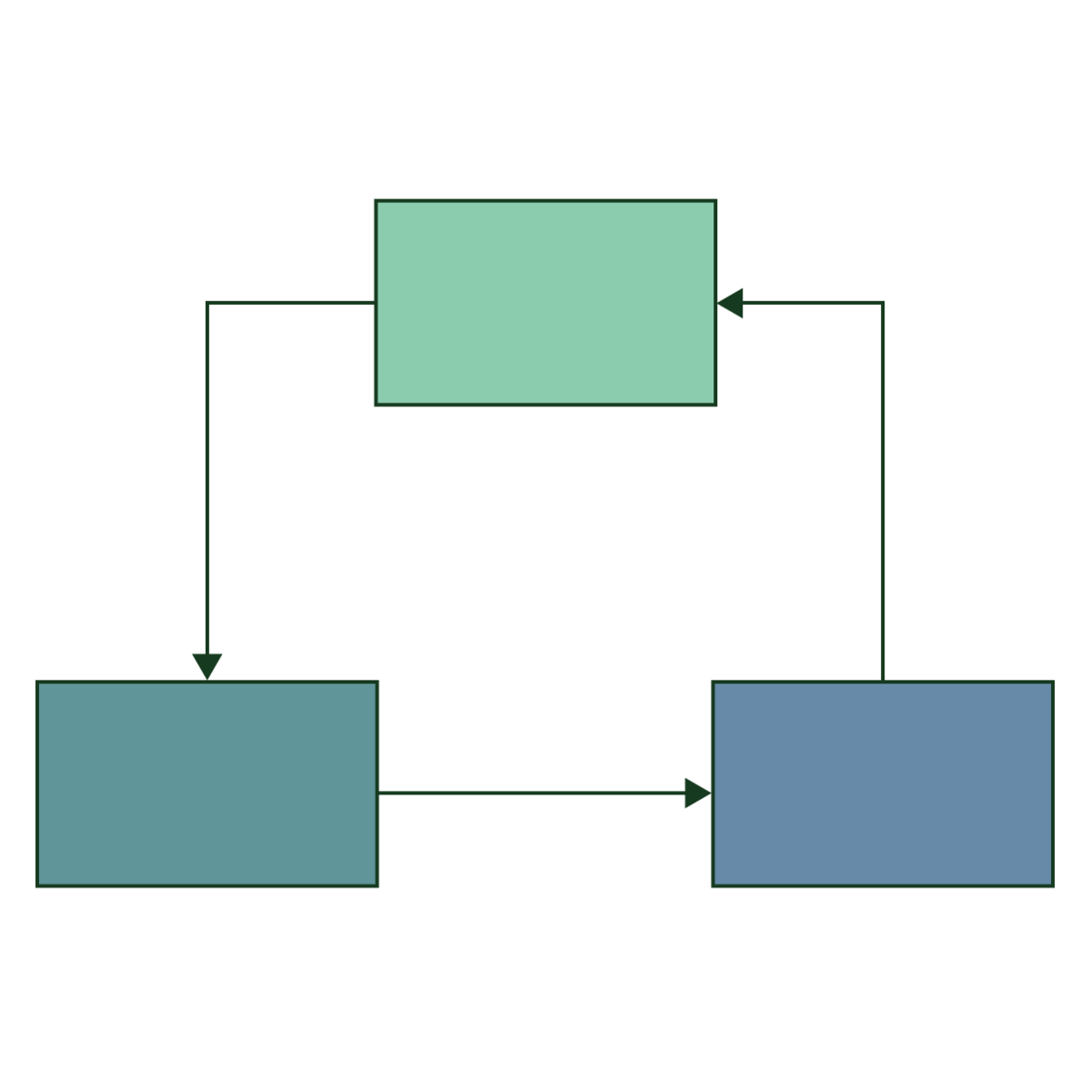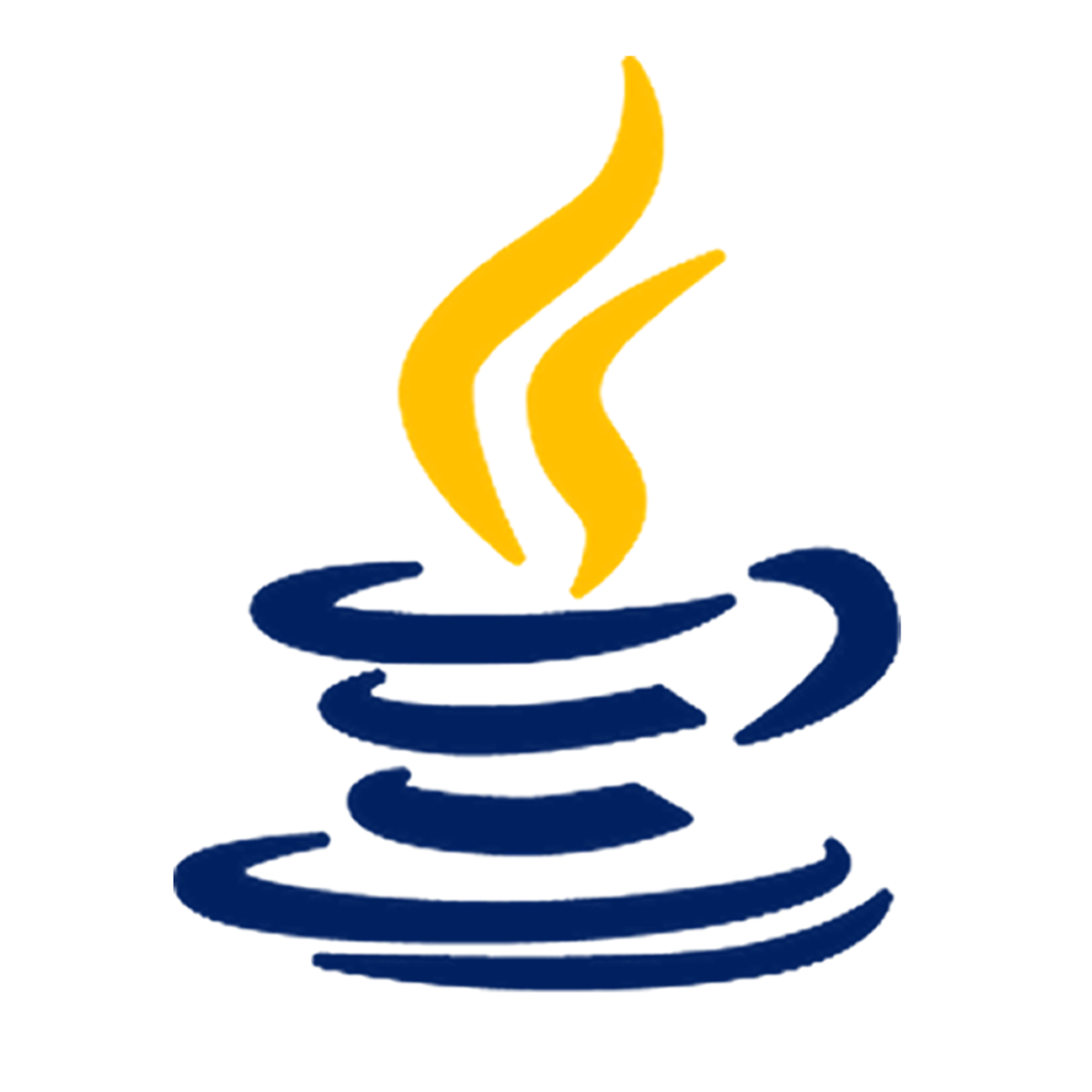Back to Courses









Computer Science Courses - Page 2
Showing results 11-20 of 2309

Getting Started With Application Development
In this course, application developers learn how to design and develop cloud-native applications that seamlessly integrate managed services from Google Cloud. Through a combination of presentations, demos, and hands-on labs, participants learn how to apply best practices for application development and use the appropriate Google Cloud storage services for object storage, relational data, caching, and analytics. Learners can choose to complete labs in their favorite language: Node.js, Java, or Python.
This is the first course of the Developing Applications with Google Cloud series. After completing this course, enroll in the Securing and Integrating Components of your Application course.

Continuous Delivery and Release Pipelines with Azure DevOps
This Guided Project "Continuous Delivery and Release Pipelines with Azure DevOps" is for IT professionals who want to raise the quality of their software products to a higher level by totally automating their software applications’ deployment processes. In this 1-hour long project-based course, you will learn how to use Azure DevOps Services to safely deploy new software version to the environments in the Microsoft’s cloud called Azure.
Since this project uses Azure DevOps Services, you will need access to an Azure DevOps account. In the video at the beginning of the project you will be given instructions on how to sign up for one. Besides that, you need to have a valid account on Microsoft Azure and a Resource group which will be used across this guided project, so you will need to have that prepared before you begin.
If you are ready to start automating deployment process of your applications, then this project is for you! Let’s get started!

Graphic design: create simple customised patterns using Gimp
In this 1-hour long project-based course, you will learn how to:
- Manage the file requirements to optimise and export a pattern,
- Get started with GIMP 2.10 editing tools
- Design customised patterns using GIMP 2.10
By the end of this project, you will learn how to use Gimp to create simple customised patterns.
You’ll discover how to create different types of patterns, either by drawing simple shapes directly on GIMP or starting from an existing image.
In graphic design and visual arts, a pattern is a design in which the same shape is repeated at regular intervals over a surface. Patterns are used to customise fabrics, prints, wallpaper, gift papers, and any kind of surface your imagination can reach.
GIMP version 2.10 is a cross-platform image editor available for many of the most popular operating systems. It is largely used by graphic designers, illustrators, artists, or photographers as an open-source alternative to image editing software.
Its interface is user-friendly so it can be enjoyed by anyone interested or involved in jobs related to graphics and visual arts.
Note: This course works best for learners who are based in the North America region. We’re currently working on providing the same experience in other regions.

Design Patterns
This course extends object-oriented analysis and design by incorporating design patterns to create interactive applications. Through a survey of established design patterns, you will gain a foundation for more complex software applications. Finally, you will identify problematic software designs by referencing a catalog of code smells.
You will be challenged in the Capstone Project to redesign an existing Java-based Android application to implement a combination of design patterns. You will also critique a given Java codebase for code smells.
After completing this course, you will be able to:
• Demonstrate how to use design patterns to address user interface design issues.
• Identify the most suitable design pattern to address a given application design problem.
• Apply design principles (e.g., open-closed, dependency inversion, least knowledge).
• Critique code by identifying and refactoring anti-patterns.
• Apply the model-view-controller architectural pattern.
VLSI CAD Part II: Layout
You should complete the VLSI CAD Part I: Logic course before beginning this course.
A modern VLSI chip is a remarkably complex beast: billions of transistors, millions of logic gates deployed for computation and control, big blocks of memory, embedded blocks of pre-designed functions designed by third parties (called “intellectual property” or IP blocks). How do people manage to design these complicated chips? Answer: a sequence of computer aided design (CAD) tools takes an abstract description of the chip, and refines it step-wise to a final design. This class focuses on the major design tools used in the creation of an Application Specific Integrated Circuit (ASIC) or System on Chip (SoC) design. Our focus in this part of the course is on the key logical and geometric representations that make it possible to map from logic to layout, and in particular, to place, route, and evaluate the timing of large logic networks. Our goal is for students to understand how the tools themselves work, at the level of their fundamental algorithms and data structures. Topics covered will include: technology mapping, timing analysis, and ASIC placement and routing.
Recommended Background:
Programming experience (C, C++, Java, Python, etc.) and basic knowledge of data structures and algorithms (especially recursive algorithms). An understanding of basic digital design: Boolean algebra, Kmaps, gates and flip flops, finite state machine design. Linear algebra and calculus at the level of a junior or senior in engineering. Elementary knowledge of RC linear circuits (at the level of an introductory physics class).

Introduction to Java
This Course is the first of a series of courses that make up the Core Java Specialization. The Core Java Specialization, in turn, is part of a series of programming specializations, derived from LearnQuest's private Java Bootcamps, designed to provide the skill set necessary to be hired as an IT developer using Java in many corporate environments.
This course includes hands-on practice and will give you a solid knowledge of the Java language. After completing this course, you will be able to identify Java’s benefits, program in basic Java syntax using Java data types, and incorporate branches and loops.
The audience for this course:
- Anyone interested in learning Java
- Programmers
- Technical Managers
- Application Developers
Prerequisites: To be successful with this course, you should understand the fundamentals of software development in either a procedural or object-oriented language.

API Security on Google Cloud's Apigee API Platform
In this course, you learn how to secure your APIs. You explore the security concerns you will encounter for your APIs. You learn about OAuth, the primary authorization method for REST APIs. You will learn about JSON Web Tokens (JWTs) and federated security. You also learn about securing against malicious requests, safely sending requests across a public network, and how to secure your data for users of Apigee.
Through a combination of lectures, hands-on labs, and supplemental materials, you will learn how to design, build, secure, deploy, and manage API solutions using Google Cloud's Apigee API Platform.
This is the second course of the Developing APIs with Google Cloud's Apigee API Platform series. After completing this course, enroll in the API Development on Google Cloud's Apigee API Platform course.

Relational Database Administration (DBA)
Ongoing and proactive management is critical to the security and performance of database management systems.
Database administration is the function of managing the operational aspects of database systems and maintaining them. Database administrators work to ensure that applications make the most efficient use of databases and that physical resources are used adequately and efficiently.
In this course, you will discover some of the activities, techniques, and best practices for managing a database. You will learn about configuring and upgrading database server software and related products. You will also learn about database security; how to implement user authentication, assign roles, and assign object-level permissions. You will also gain an understanding of how to perform backup and restore procedures in case of system failures.
You will learn about how to optimize databases for performance, monitor databases, collect diagnostic data, and access error information to help you resolve issues that may occur. Many of these tasks are repetitive, so you will learn how to schedule maintenance activities and regular diagnostic tests and send automated messages of the success or failure of a task.

Waits in Selenium Test Automation Tool
One of the biggest challenges QAs and Developers face in test automation is synchronizing application under test and test automation code.
Selenium provides multiple wait methods (like Implicit and Explicit waits) to synchronize the application under test and test automation code.
In this two hours guided project, through hands-on, practical experience, you will go through concepts using Page load timeout, usage of implicit, explicit and Fluent waits.

C++ Superpowers and More
Explore the C and C++ languages. Look at the specificity of the C/C++ languages and how this impacts security, ways C/C++ can interact with the external world, error handling, the execution environment and much more.
Popular Internships and Jobs by Categories
Find Jobs & Internships
Browse
© 2024 BoostGrad | All rights reserved